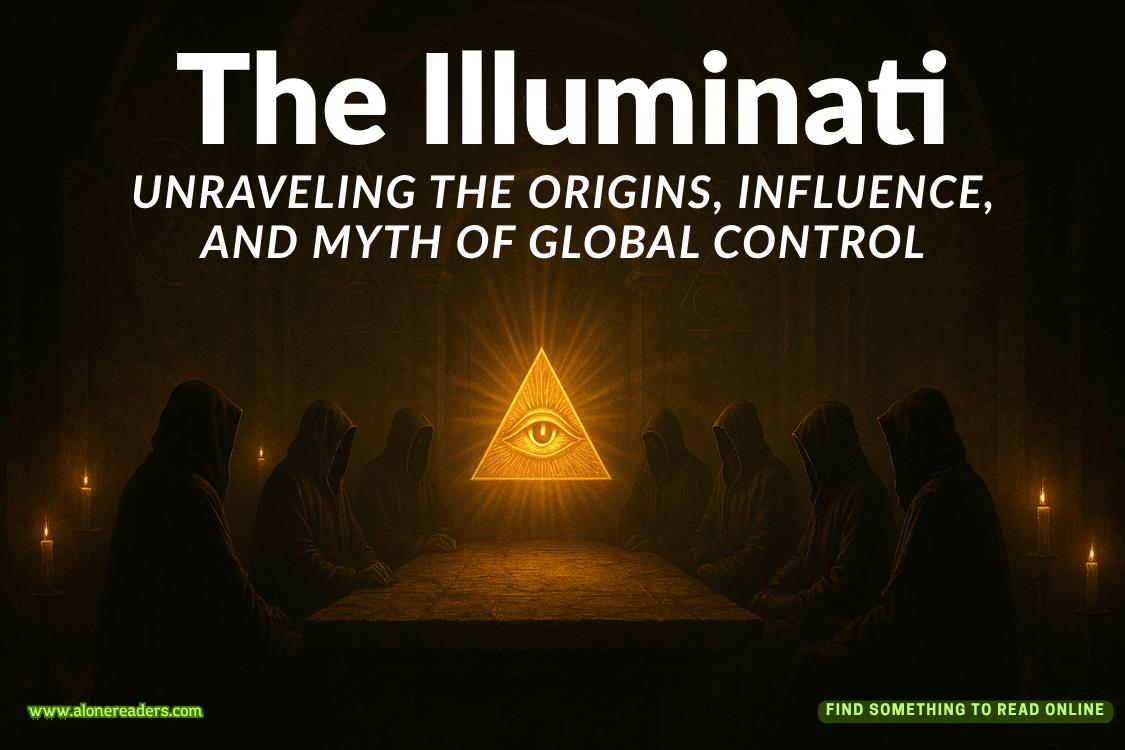Page 5 of The Weekend Crashers
“No!” In all the excitement, she’d forgotten to ask Piper about this weekend. Elaine was the one who’d told her about it in the first place. She discovered it online, following her hometown’s Instagram account. Elaine, though the epitome of a Manhattanite, isn’t actually a native New Yorker. She’s from a small Pennsylvania town called New Hope where, apparently, a quaint riverside inn hosts knitting retreats. Elaine had grown up going to the inn for Sunday tea, and described the place as timeless. “I’m going to register today. Thanks for the reminder.”
“I wish I could go with you. I miss New Hope,” Elaine says.
The front door opens with a screech of the metal hinges, heralding the arrival of one of their regulars, a personal shopper. Maggie likes the woman, who, like herself, is a single mother. They got to talking one day when Maggie was knitting, and the shopper shared her own knitting addiction. “It’s expensive, but so is a bottle of wine a night. And this is healthier.”
Today, the woman has a cobalt-blue sweater draped over her arm.
“This isn’t a shopping visit,” the woman says. “It’s a knitting emergency; I made this for one of my clients’ birthdays, I’m giving it to her tonight and... look. I just noticed this now that I’m finished.”
Maggie leans closer and sees a slight change of color where two separate balls of yarn, both technically the same shade of blue, are joined together.
“They’re the same brand, the same shade—I bought them together on the same day.”
“Well, they’re probably from two different dye lots. Or one of the yarns could have faded. I don’t know. But to avoid this in the future, before you start a project, take the end of one ball of yarn and twist it with the beginning of the other ball. If you have a striping effect, you know the yarns don’t match.”
The woman looks crestfallen.
“So there’s nothing I can do about it now? I know that sounds ridiculous. The colors are the colors.”
Maggie thinks. She remembers—
“There is a way to camouflage the color discrepancy. You do a duplicate stitch.” She takes the piece in her hands and moves her forefinger to trace the demarcation spot. “Work across this row using yarn from the other dye lot to cover over other stitch. Do this on both sides.”
“You think that will work?”
Maggie nods, and the shopper hugs her. “You’re a lifesaver.”
After she’s gone, Maggie turns to Elaine and jokes, “You heard it: I just saved her life. I should be allowed to cancel my date.”
Elaine folds her arms across her chest. “Maggie, I say this from a place of caring: Maybe you should stop being a lifesaver for everyone else, and start paying attention to your own.”
Piper wakes up to a phone full of voicemail, the most humiliating of which is from Betsy Toledo’s people asking where a messenger can retrieve “theirproperty.” The way they emphasized the word, it’s as if to remind her that they’d be more than happy to take legal action should she fail to return the thousands of dollars of clothing she was wearing when she was carted away by ambulance.
The second message is from her manager, Gretchen Lundgren. She wants Piper to meet her at the management company office—a bad sign. Typically, they go out for coffee or drinks. She hasn’t been to the actual office since the day she signed her contract.
Piper takes the subway to Midtown, trying not to look at her phone. The video of her fainting—teetering for a moment on her high heels like a skyscraper in an earthquake—has gone viral. There are versions set to music, versions with people talking over it, versions edited with footage of other runway mishaps.
People just have a lot of time on their hands, she tells herself, walking through the revolving door to the office building. An elevator whisks her to the twenty-fifth floor, where it would be clear to even the most casual observer that this is a company built around fashion and style. Every aesthetic detail is optimized, from the lighting to the chic employees to the sleek modern furniture to the framed photos of clients featured in editorial layouts and runway shows.
An assistant who towers over Piper shows her to Gretchen’s office. Everyone is tall, with the exception of Gretchen herself, who is maybe five foot two. When Piper walks in, she stands and comes around the desk to give her a hug.
“Oh, you poor little doll. Are you okay?”
“I’m fine,” Piper says, feeling a fresh wave of humiliation.
Gretchen returns to the seat behind her desk. She’s wearing a plaid ankle-length wrap skirt, Prada combat boots and a cropped denim jacket. Her black hair is, always, parted in the center and stick-straight to her shoulders. Piper’s not sure how old she is. Maybe early forties.
“I’m really sorry,” Piper says, sitting in the leather chair closest to Gretchen’s desk. “I’m still not entirely sure what happened. I’ve never fainted before in my life.”
“It’s fine,” Gretchen says.
That’s a relief. If Gretchen says it’s okay, then it’s okay.
Gretchen Lundgren discovered Piper when she was a sophomore in college. At the time, Piper was working at an animal shelter in Union Square. She always took her break at Joe Coffee, right across from the park. She was waiting in line when a woman walked up to her and said, “I’m sure you get this all the time, but you could model. If you’re interested, I have my own management company.” She gave Piper her card. Piper didn’t take it seriously. But when she mentioned it offhandedly to her mother, Maggie immediately checked out the manager’s social media.
“Piper, this woman is the real deal,” she said.
Piper didn’t have time or the interest. She had school, she had the animal shelter and she’d recently started dating Ethan.















